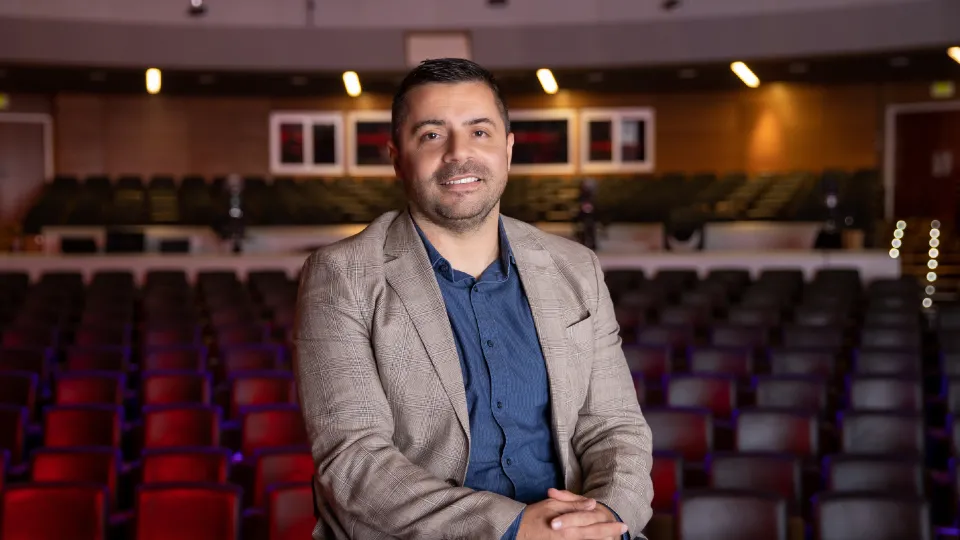Quieter wind beneath the wings
The ability to efficiently simulate the noise generated by wings and propellers promises to accelerate the development of quieter aircraft and turbines.
About
A new simulation approach has enabled a first practical, and highly accurate, computation of the noise characteristics of complex three-dimensional airfoil designs under extreme operating conditions. By shortening simulations that would have taken months or weeks to run to just days or hours, the new approach could accelerate the development of quieter airfoil designs to enable the next generation of aircraft and urban airborne vehicles.
“Aircraft noise is already a problem for many communities located near major airports, and this will only get worse with the expanded use of drones and, in the future, air taxis and private airborne vehicles,” says Radouan Boukharfane, a postdoc at KAUST.
Airfoils—wings, propellers and turbine blades—are typically designed and refined using relatively fast applied mathematical techniques. However, characteristics like noise generation are more complex. These typically require tests using experimental models because the direct numerical simulations capable of resolving such features are so computationally intensive that, even on today’s fastest computers, they would take months to complete.
“In realistic engineering problems in aeroacoustics, the interactions between the turbulent airflow and the surface are important,” says Boukharfane. “One of our main challenges was how to model compressible airflows across the surface under high turbulence with sufficient accuracy to predict the separation of the airflow over a smoothly curved surface and its reattachment near the trailing edge.”
Read the full article

